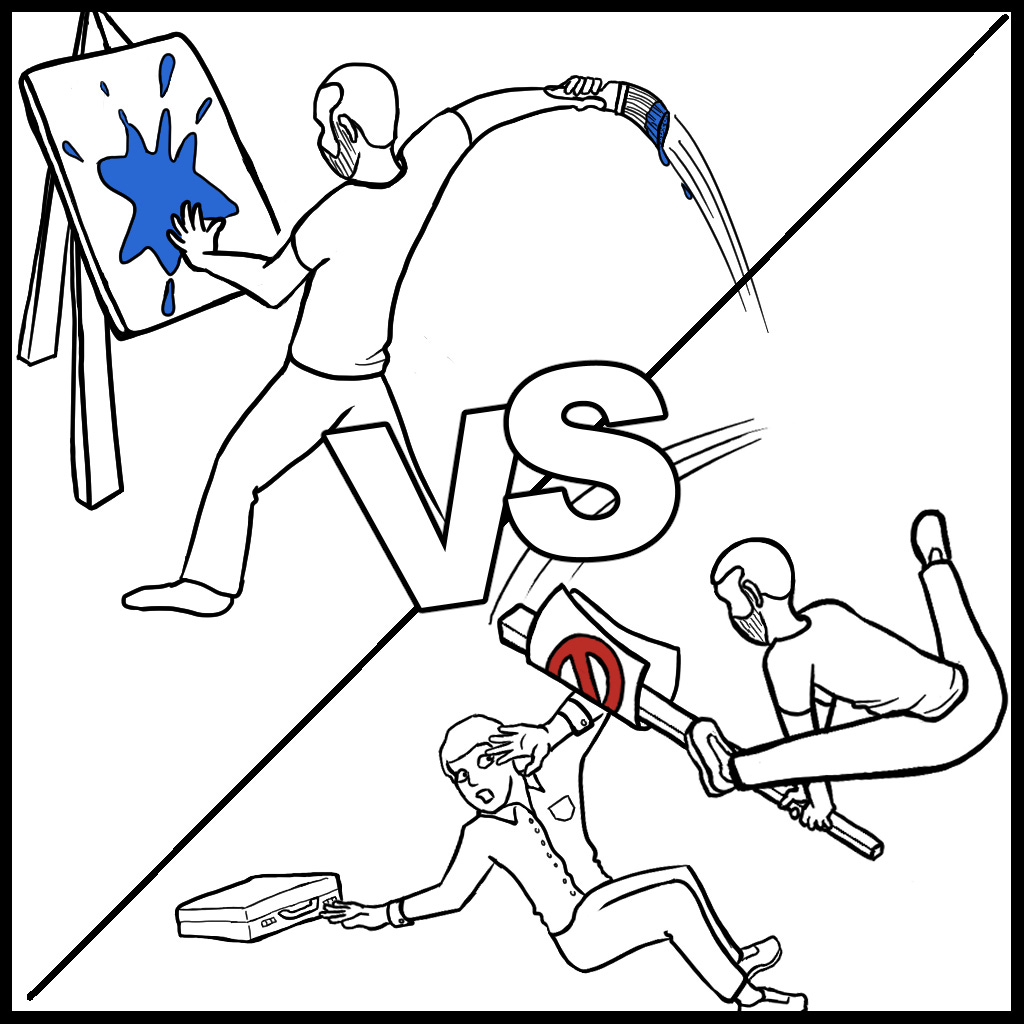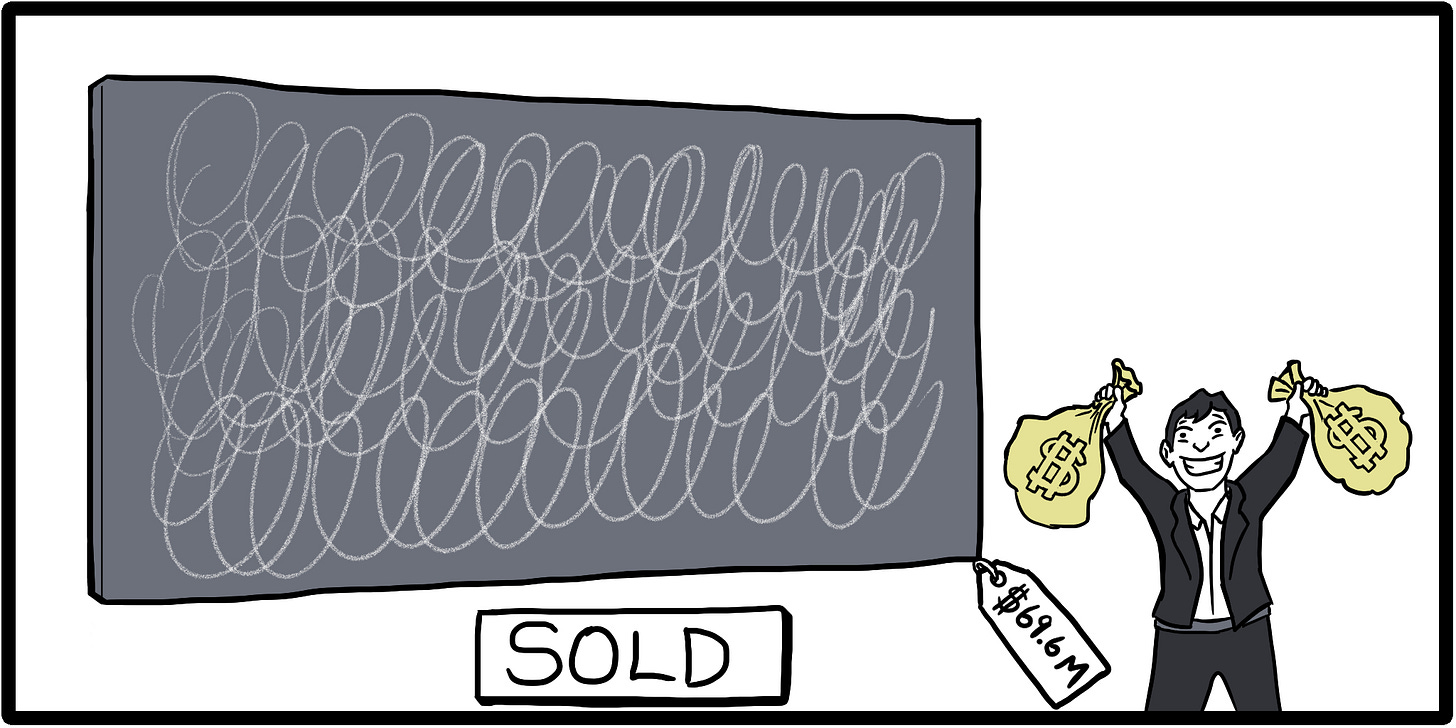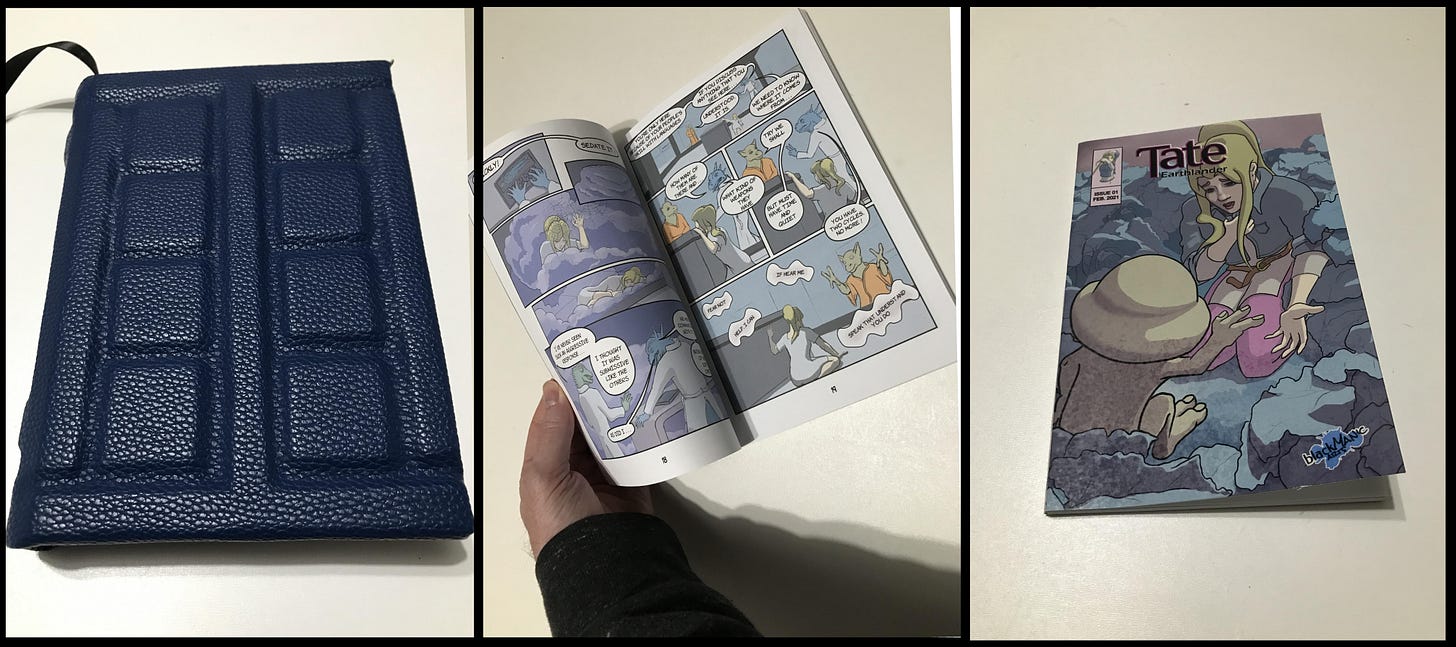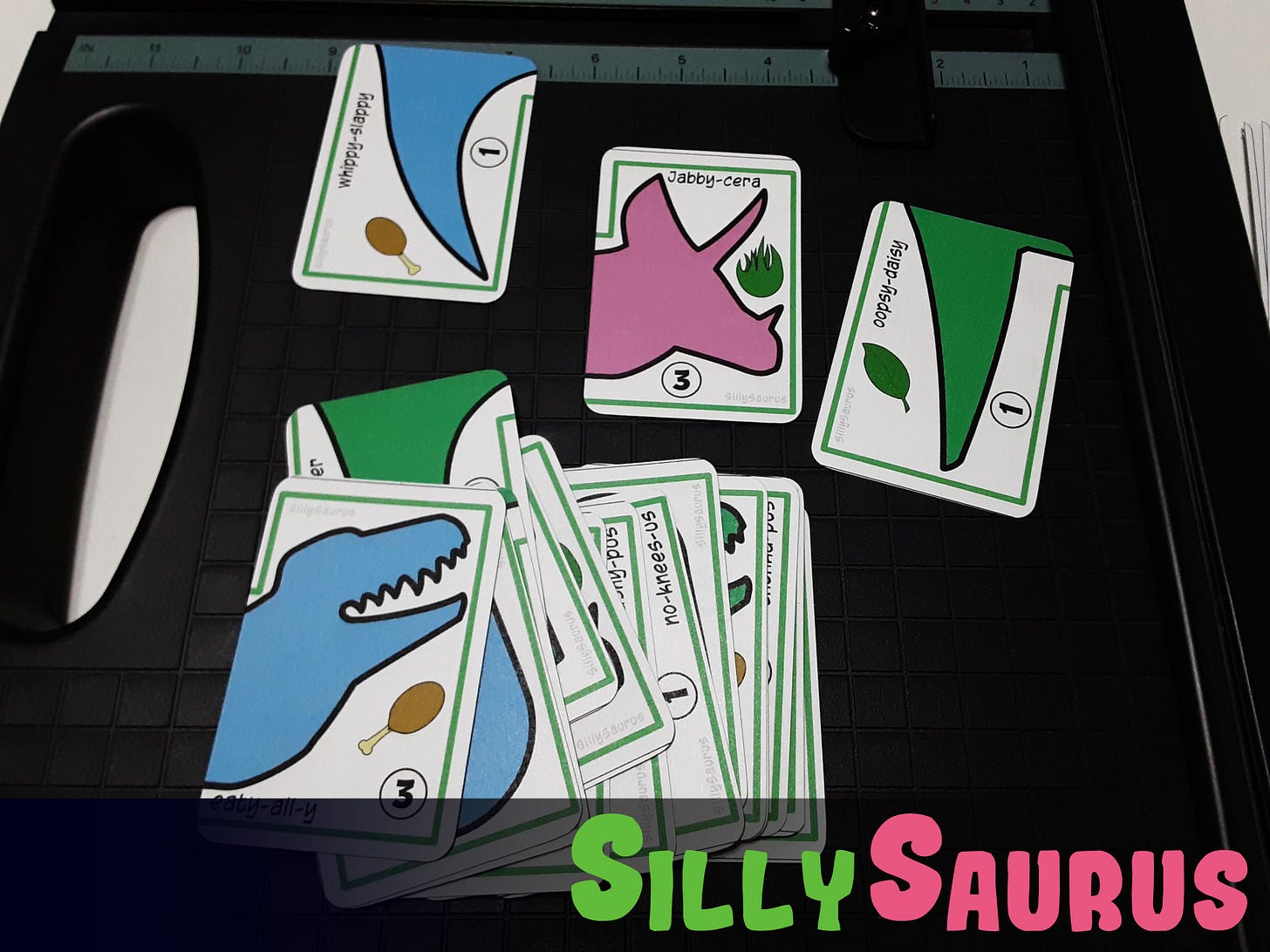I have to be honest, I can only speak for myself here and don’t presume to know what is in the hearts or minds of other artists. What follows is merely my opinion. For me, personally, I find myself vacillating between two extremes of social engagement and solitude as well as creativity and lack of motivation. There are reasons for this that I will discuss later in the post.
Also, trigger warning, this post will ramble and sometimes go off topic, if you can’t handle loose associations or some stream of consciousness blathering, then you may want to stop reading now. I believe the world and the human beings in it, are way more complicated than most media portray. Often seemingly unrelated concepts or events can have a significant influence each other and this can only be explored through somewhat capricious thought processes.
So buckle up, we’re going in!
When I spend time with other people and I participate in activities in the community, I find inspiration. I am fundamentally inspired by the people around me. I am inspired by their joys and sorrows. I am inspired by their successes and their failures. I am inspired by the conversations that I have with friends, co-workers and strangers. I am inspired by my deep seeded rage at true injustices, and my empathy, love and respect for people who are in the news and have suffered for a variety of reasons. I am sometimes overwhelmed by the depth and breadth of problems that exist in the world around me but I also see opportunities to express all of those feelings through art.
Which for me is sometimes safer than expressing them in person - just sayin’.
I value the input and perspective of the trucker, the fisherman, the industrial electrician or the plumber. I also value the insight and wisdom of the researcher, the activist, the reporter and the writer. I hold a fundamental belief that all human beings have a meaningful perspective to share. That all people have something of value to offer the world around them. I also find exploration of humanity’s dark side fascinating, sometimes illuminating and often depressing.
Does being open to all of these perspectives mean that I have no opinions of my own? No, I don’t think so.
For example, I find there is beauty in simplicity. I personally believe that statement applies to all forms of artistic endeavours. Those that spend a lifetime immersing themselves in a particular creative or inventive medium can sometimes lose sight of this. For them, in a never ending pursuit of something bigger, faster, more elaborate or unexpected, they can lose sight of the beauty of the simple things. On the flip side of this, in the visual art world, works can also become too simple in my opinion. Some works of fine art are so simple that they appear to be the creations of children. I personally feel like this is a step too far and question the whole industry of fine art that promotes these artists as geniuses whose work is worthy of million dollar price tags.
When the lure of unimaginable financial gain outstrips the intent to communicate something that is relevant to the human condition, I think “Art” has failed. I think it is reasonable to believe that overly simplistic “abstract art” that sells for millions of dollars is essentially just a vehicle to launder illegal funds. If you take a few minutes to think it through, it makes a lot of sense. You have 10 million U.S. dollars that you have illegally come into possession of, you need to make it look legitimate, you privately purchase a work of art, and then you sell it to someone else who has a specific reason to give you tens of millions of dollars. I suspect that the “artists” involved in these transactions are in on the con. If not, then I truly feel for them. If they believe that their art is actually being appreciated by people who love art, then they are eventually going to be devastated by the realisation that they have simply been a tool in a criminal enterprise.
But, I digress. Another of my flaws.
I tend to create for two reasons.
I am compelled to do something that I have seen others do, or have imagined myself.
I want to communicate something that I think would benefit others, or at the very least give them something meaningful to think about.
As an example of the first creative drive, a little while ago I stumbled upon a number of youtubers who were demonstrating their bookbinding techniques. After watching several videos about this, I was driven to attempt to re-create what I saw. I managed to produce two reasonably decent quality books and felt quite good about it. This is what often happens.
I am not sure why I feel this need to prove to myself that I can do something. Why I need to attempt some archaic trade or skill, but I can’t deny that I often experience this. It is somewhat bizarre, but it drives me to continually develop new skills and stretch my brain a little, so it is not all bad. I think this is also a driving force behind people who study “Bushcraft” and compete in challenges such as the “Alone” T.V. program. Proving to yourself that you can do something, that you can create something with simple tools and your own two hands is immensely satisfying. I think this driving force to just “create” is the foundation of both fine arts and trades and crafts. I imagine there is some similar impetus for people in fields like architecture, engineering or computer programming.
Unfortunately, because I don’t continue to improve and develop the skills, my work at these new “hobbies”, while passable, never becomes truly high quality. The example books above are all falling apart after about a year of minimal use. I will say though, another of my little side projects turned out some very nice results in hand making custom playing cards for “Print and play” games (like this one). Very satisfying.
Those are examples of the more “crafty” projects that I tend to suddenly obsess over. The second reason that I feel compelled to create, is to communicate. My understanding of “Fine Art” has always been that it is, at it’s core, a means of communication. Often, visual arts are a medium that can communicate on a level that is beyond words. It is deeper and more visceral than language. It is emotional and spiritual. I’m not sure how much of this stems from the European history of artists who had to disguise their true intentions to avoid the wrath of religious leaders, but I’m not sure that it matters. The medium of visual arts is still a powerful tool for communication that is uniquely different than poetry or prose.
I think a striking example of visual art communicating at a visceral level would be the various ”REDress Project” installments across Canada and the U.S. The project, by artist Jaime Black, began at the University of Winnipeg in Canada. Each Red dress represents a missing or murdered Indigenous woman. The fact that these artistic installments exist in public spaces and out in nature, that they appear, then disappear at various times of year, contributes to the impact. The experience of watching the dresses being thrown about by the wind, rained on, snowed on, torn and battered is gut wrenching. It is certainly a visual art, but also a form of performative art.
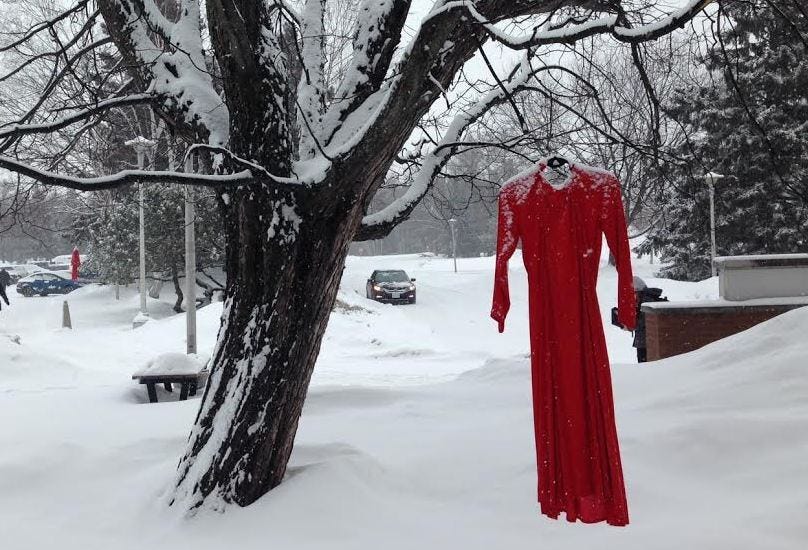
So what’s the problem? Where is this “Dichotomy” you speak of?
The problem comes from the divide between those things that inspire, and the environment that is most conducive to creation. Also, the creative impulse and the desire to communicate (usually due to mood fluctuations) don’t always coincide.
When I am attempting to create, I need solitude. I need to have as few distractions as possible. I need other people to give me space and to do so without a tone of frustration. I spoke a few weeks ago about struggling with my ability to attend to my work. For me, that struggle is often related to my own anxieties and fears about letting people down. My sense of obligation, which can turn into frustration and resentment when I feel like my need for solitude is not being respected. I realize that being this unpredictable is very difficult to live with sometimes. I wish that I could simply create on a schedule that would be planned out, but it has never worked that way for me. Trust me, I have tried. I have times where I have explosions of creativity, and then times when I simply have no interest in working on any projects at all. The more I analyze these patterns, I recognize that they can last for weeks, if not months at a time.
Then my therapy brain kicks in. Who do I know that has stretches of time when they feel like they have unlimited energy and can do anything, followed by long periods of zero energy and feeling hopeless and incapable.
Any guesses?
If you said “Manic depression” or the current terminology Bipolar Disorder, then we are on the same “wavelength” my friend. There is also a less severe form of the disorder called Cyclothymia although I have seen some questioning whether that is a valid stand-alone diagnosis.
Warning, you should never diagnose yourself based on something you read on the internet. If you are struggling with any mental health condition, or even suspect you may have a mental health condition, find a professional in your area to provide you with diagnostic and therapeutic support.
I am always hesitant to discuss these things in a public forum. I worry that I may influence others to seek diagnoses as an excuse. I worry that by providing information, I may inadvertently glorify or somehow glamorize mental illness. Trust me when I say this, mental illness is not something you want. It is important to reduce the stigma surrounding mental health, but we need to be cautious that we don’t turn it into a badge of honor or a means to achieve success. I have seen individuals online, who may have started with the intention of providing information and destigmatizing their illnesses, but ended up becoming such successful “influencers” that their illness became desirable to others. It set them apart, it made them unique and worthy of attention and “attention” is the currency of the digital age.
All that being said, do I actually have Bipolar disorder? Right now, I would have to say “no”. Is there reason for me to be concerned about this? Yes. At my age, it would be unusual to be diagnosed with that specific disorder, but not unheard of. If this truly was a problem for me, most professionals would expect that it would have been identified long before now. Is it possible that it simply wasn’t noticed? Not likely. The reason that I even question this at all, is because I have a parent who has Bipolar disorder and most mental health diagnoses are at least partially inherited. If I were trying to describe my concerns and challenges, with some accuracy, I would have to say that I struggle with mood fluctuations, but it never quite reaches a clinically relevant level.
What does that actually mean?
If I were to be formally assessed. My scores on various screening and assessment tools would be just below the threshold to warrant a diagnoses. My challenges are not severe enough to honestly say that they interfere with my life. I have a career and a relationship that are both relatively stable despite my deficits and challenges.
One of the main diagnostic criteria for any mental illness, is whether or not the challenges you are facing are interfering with typical functioning. What exactly does that mean you may ask. In the case of Bipolar disorder, it means that you engage in dangerous or self-destructive behavior when you are in a manic phase, and you cannot function when you are in a depressive phase.
In my case, whether I am experiencing a particularly creative phase, or a “creative block”, I am still able to function in my personal and professional life, mostly. There are certainly times when I feel as if I cannot meet basic expectations. As though I am completely unable to just be present or participate in normal activities of daily life. My family very likely accommodates my inability at these times but I also have times when I am phenomenally productive and creative. I can see things that most others miss, I can problem solve at a level that most people can’t. I don’t think this is a form of grandiosity, this is the reality of someone who is hypomanic. When they are “up” they are often functioning at an elevated level of cognitive ability. That is not the case with full blown “Mania”, those episodes often end with destructive behavior or hospitalization.
So, where does that leave me?
I am a difficult person to live with. I am occasionally bursting with energy and creativity, but more often kind of “down”. I am lucky to have family that accommodate and tolerate my mood fluctuations and a group of co-workers and managers that understand such things. When I am down, I really have to push myself to be present and contribute. When I am “up” I have to be a little careful not to let it get out of control. If I can harness it, I can accomplish some remarkable things, but I am also likely to be very irritable, especially when other people interfere with my creative process. Hence the need for solitude when I am feeling creative. The drive to retreat from the world can be strong. The need to remain engaged with others is both beneficial for over-all mental health and for stimulating creativity. Achieving some sort of balance is challenging, and the expectation that people will always lead a “balanced” life itself can be stressful. Some of us have to wax and wane, ebb and flow. It is our nature and I think that is OK. It takes all kinds of people to make the world “go round” and everyone has something of value to contribute.
I am doing the best I can, I feel like I have come a long way from when I was younger, and I am, over-all, generally more stable than I was in my youth. I still experience great satisfaction from my artistic works, which does energize me. At the same time, I am also learning to take satisfaction in my everyday contributions to the world.
I’m sure I’m not the only one out there that has these bursts and lulls in their creativity. I’d love to hear how other creatives manage their creative lives and their moods. Leave a comment and share your experience. We’re in this together.
Hope you found this interesting, at the very least.
See you next time.





